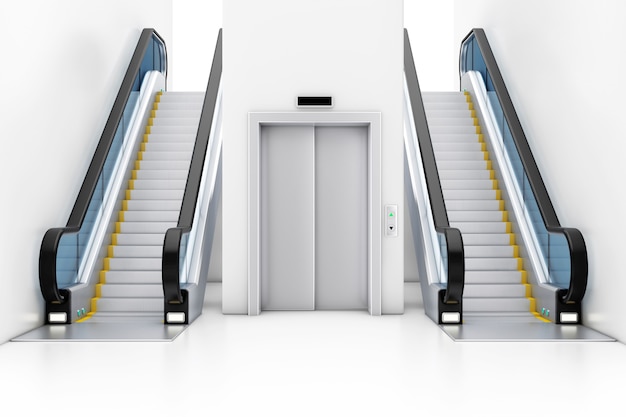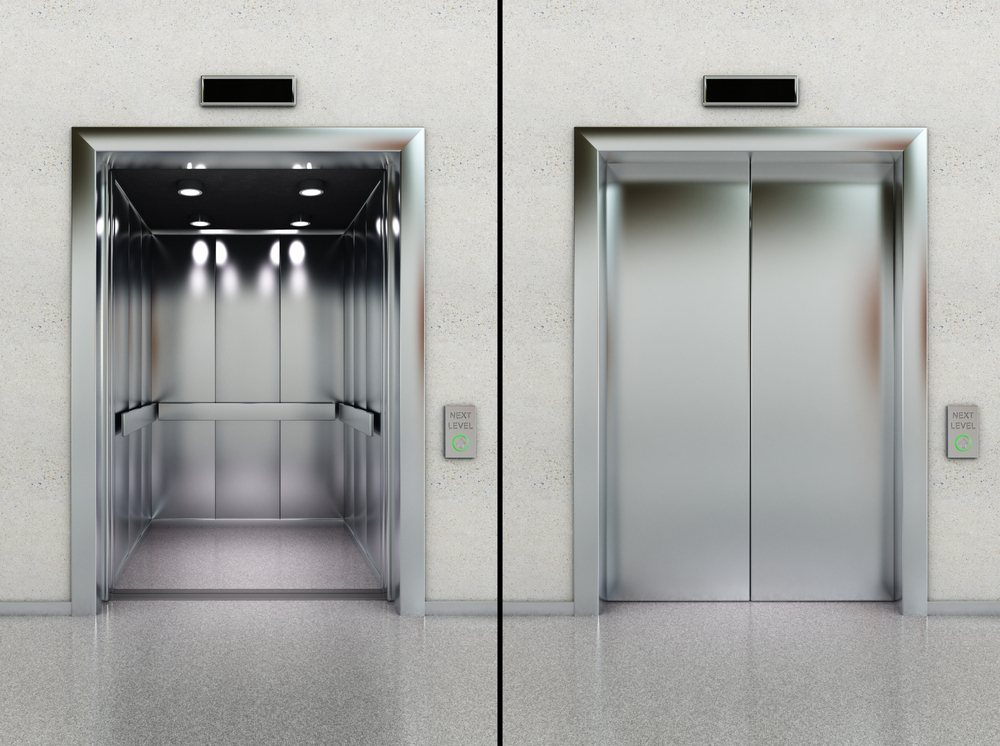We Maintain Lifts to the Greatest Criteria: Reliable Service for All Lift Types
We Maintain Lifts to the Greatest Criteria: Reliable Service for All Lift Types
Blog Article
Delving Into the Globe of Elevators: Typical Issues Encountered by Different Lift Mechanisms
As we navigate with the upright transport systems of contemporary structures, elevators stand out as a vital part of our daily lives. From hydraulic elevators to traction systems and machine-room-less layouts, each lift kind comes with its set of common problems.
Hydraulic Lifts
Hydraulic lifts, usually chosen for low-rise structures, make use of fluid pressure to control the movement of the elevator cars and truck (lift repair companies). This device entails a hydraulic pump pushing oil into a cylinder, causing the lift to relocate in the wanted instructions. While hydraulic lifts are recognized for their quiet and smooth operation, they do come with their own collection of usual issues
One widespread trouble with hydraulic lifts is oil leak. Furthermore, problems with the control system, such as faulty shutoffs or a malfunctioning pump, can create interruptions in the elevator's movement.
Normal upkeep and prompt repair work are important to ensure the smooth functioning of hydraulic elevators. By attending to these typical issues proactively, structure owners can minimize downtime and guarantee the safety and efficiency of their upright transport system.
Traction Lifts
When thinking about upright transportation systems in buildings, an additional common kind other than hydraulic lifts is the grip lift. Grip elevators run utilizing a system of ropes and weights that move the lift cars and truck by grasping onto the hoist ropes. This mechanism enables smoother and quicker upright transportation contrasted to hydraulic systems.
One of the usual problems faced by grip lifts is rope wear. The continuous activity of the ropes within the traction system can bring about deterioration gradually, potentially triggering the lift to malfunction or come to be hazardous for usage. Normal assessments and upkeep of the ropes are vital to ensure the elevator's correct performance and security.
Another concern that grip lifts may experience is connected to the control system. Problems with the control system can result in concerns such as erratic movement, delays in feedback times, and even complete closures. Regular testing and upkeep of the control system are critical to avoid such problems and make certain the lift's dependability.
Machine-Room-Less (MRL) Lifts

One of the vital elements of MRL elevators is the portable gearless traction equipment that is set up within the hoistway. This machine successfully drives the elevator auto without the requirement for cumbersome devices found in typical grip elevators. Furthermore, MRL elevators normally use a Visit This Link weight system to balance the cars and truck, further boosting their energy performance.
In spite of their benefits, MRL lifts may deal with difficulties connected to maintenance and fixing due to the confined area for devices installment. Accessibility for servicing components within the shaft can be restricted, requiring specialized training for specialists. Appropriate upkeep timetables and regular evaluations are important to make sure the ongoing smooth operation of MRL elevators.
Overloading and Weight Limit Issues
Overwhelming and weight limit issues are critical worries in lift procedures. Elevator producers design raises with particular weight capacities to ensure guest safety and security and devices longevity.
When lifts are overwhelmed, it puts excessive strain on the electric motor, cords, and other parts, possibly causing malfunctions or failures. If they spot excess weight, safety and security systems such as sensing units and overload sensors are in area to stop elevators from relocating. Additionally, surpassing weight restrictions can lead to raised energy consumption and deterioration on the elevator system.
To mitigate overwhelming problems, building supervisors must plainly present weight limits in lifts and enlighten residents on the importance of adhering to these constraints - lift repair companies. Regular maintenance checks by qualified specialists can additionally help make sure that lifts are operating within risk-free weight criteria. By dealing with overloading and weight limit concerns proactively, building owners can improve lift safety and security and efficiency
Electric System Failings
Exceeding weight limitations in lifts can not just result in mechanical problems yet additionally potentially contribute to electric system failings within the lift infrastructure. Electrical system failures are an important concern in elevator operation, as they can trigger unforeseen shutdowns, breakdowns, and even safety hazards. One typical electrical problem is the overheating of elements as a result of excessive current flow triggered by straining the lift past its ability. This can bring about harm to the control, electric motor, or circuitry systems, causing pricey fixings and downtime.
Furthermore, power surges or fluctuations in the electric supply can additionally interrupt the elevator's procedure, impacting its performance and safety. These electric disruptions can damage sensitive lift elements such as control panels, motherboard, or sensors, leading to system failures. Regular maintenance and examinations are important to recognize and address possible electrical problems promptly, making certain visit here the risk-free and efficient procedure of elevator systems. By adhering to weight limits and performing routine electric system checks, building proprietors can reduce the threat of electrical failings in elevators.
Conclusion

Hydraulic lifts, commonly preferred for low-rise structures, utilize fluid stress to manage the activity of the elevator car.When taking into consideration vertical transportation systems in structures, one more usual type apart from hydraulic elevators is the grip lift. Traction elevators run using a system of ropes and weights that relocate the elevator cars and truck by clutching onto the hoist ropes. Unlike standard lifts that require a different machine space to house the tools, MRL lifts integrate most of the elements within the shaft, getting rid of the requirement for a specialized maker area.In verdict, elevators encounter usual issues such as hydraulic breakdowns, grip system failures, and electrical system issues.
Report this page